When Diana snuck a kiss from her prince charming on the balcony of Buckingham Palace the world was captivated. Since then the newlyweds' kiss has become a tradition, so most photographers were geared up for The Moment on William and Kate's wedding day. We see the results above.
Only the Independent, with a sketch of the kiss by Tracy Emin, and The Times broke ranks.
Paul Sanders was picture editor at The Times that day. You can see how he approached the assignment towards the end of this guest post, in which he writes about the devaluation of original pictures in newspapers
Only the Independent, with a sketch of the kiss by Tracy Emin, and The Times broke ranks.
Paul Sanders was picture editor at The Times that day. You can see how he approached the assignment towards the end of this guest post, in which he writes about the devaluation of original pictures in newspapers

Over the past few weeks I have been thinking about this post - and yes I know I don't post often enough to be considered a serious blogger, but then to be honest I don't often have much to say. This isn't sour grapes or a bitter rant, it is genuine sadness at the decline of part of a once great industry through fear and lack of imagination.
I have always been passionate about photography, photographers, picture researchers and pretty much anything to with creating images that tell stories, especially in newspapers.
As technology has advanced, photography has become more accessible, every one of us can take a snap on our phone, push it through instagram or snapseed and hey presto we have a small work of art that we share with our friends and if we are lucky enough to have a celebrity in the frame you might find it grabbed off your social media channel and retweeted by a newspaper or even published. You'll receive a little something for your trouble too. Win win all the way to the bank.
With us all taking pictures and sharing them for free many news organisations have decided that USG or user generated content is the way forward in terms of images. Imagine, it is the wet dream of a newspaper accounts department, no need to pay photographers for pictures we can "borrow" and give our reader their five minutes of fame by putting it on their website to be viewed by hundreds of thousands of people and then forgotten about by the next morning.
On the back of this large agencies - with some incredibly talented photographers - have drowned out smaller agencies and freelance photographers by virtually giving away images to secure market domination.
All this leaves a reader looking at wallpaper that could be any publication with only the opinion writers and columnists giving any difference to a newspaper.
So where does this leave the picture desks, usually a source of ideas, inspiration, knowledge and contacts or the photographer with an eye for telling a story in a single image powerful enough to bring you to tears over breakfast or reach into your deep pockets to send funds to war torn or disaster stricken areas.
They are hamstrung by ever shrinking budgets, being forced to agency images rather than send their own photographer on a story and the accounts team asking why they spent £35 on an image of a water melon.
Many photographers and entire picture teams are now being made redundant, in fact only in these last few weeks, the Daily Express and The Times are both making "efficiencies" with their picture operations.
For those not familiar with how a newspaper works these days it goes a bit like this. Each newspaper has a conference in the morning where the respective departments suggest ideas for their publication, an editor or someone senior nods, grunts or swears at each department head and then suggests something that they have seen on the Mail Online. The majority of newspapers then follow the Mail online - even the TV stations do it. I take my hat of to the Mail picture team because they nail their market totally. The afternoon conference follows the same format.
What astounds me is that editors today are so fixated by copying and not missing that image of a dog in a Santa hat that pretty much the entire British press is becoming a poor version of Mail online, in that they have little or no unique visual identity themselves.
It's all vanilla, boring and unimaginative.
We live in a visual age, people are more visually literate than most news organisations give them credit for, many are high end users of photography, view art and photographic exhibitions regularly. They share and follow websites containing the most beautiful images in the world and what do newspapers do? They get rid of the people that can actually set their publication apart, they rely on a competitor's website to determine their visual style without having the balls to stand up and give the people what they want. Stunning images delivered across the various platforms.
They - The Editors - refuse to go out on a limb and be the leader, afraid to go first in case it goes wrong or if their friends at "The Club" laugh at them.
If they concentrated on the unique visual look and feel of their product rather than just blindly assume their readers wanted to view the Mail content packaged up as The Daily Blah they might be even be surprised.
I always prided myself on sending a Times photographer to every big story I could afford, but even though expensive it made a difference, it showed we were serious about the news we shared, we didn't want an agency image, we wanted to be unique, different to challenge the reader. It didn't always work but there were days when it worked sublimely. We would bounce around ideas, try different techniques and push ourselves daily. The Editor at that time would say to me "I don't want wallpaper, If I wanted to look like the Mail, that's where I'd be working"
Being at the front is dangerous, financially scary and fraught with worry but if you actually lead, people remember what you did, they rarely remember those that just follow or simply copy out of fear of being left out.
I have always been passionate about photography, photographers, picture researchers and pretty much anything to with creating images that tell stories, especially in newspapers.
As technology has advanced, photography has become more accessible, every one of us can take a snap on our phone, push it through instagram or snapseed and hey presto we have a small work of art that we share with our friends and if we are lucky enough to have a celebrity in the frame you might find it grabbed off your social media channel and retweeted by a newspaper or even published. You'll receive a little something for your trouble too. Win win all the way to the bank.
With us all taking pictures and sharing them for free many news organisations have decided that USG or user generated content is the way forward in terms of images. Imagine, it is the wet dream of a newspaper accounts department, no need to pay photographers for pictures we can "borrow" and give our reader their five minutes of fame by putting it on their website to be viewed by hundreds of thousands of people and then forgotten about by the next morning.
On the back of this large agencies - with some incredibly talented photographers - have drowned out smaller agencies and freelance photographers by virtually giving away images to secure market domination.
All this leaves a reader looking at wallpaper that could be any publication with only the opinion writers and columnists giving any difference to a newspaper.
So where does this leave the picture desks, usually a source of ideas, inspiration, knowledge and contacts or the photographer with an eye for telling a story in a single image powerful enough to bring you to tears over breakfast or reach into your deep pockets to send funds to war torn or disaster stricken areas.
They are hamstrung by ever shrinking budgets, being forced to agency images rather than send their own photographer on a story and the accounts team asking why they spent £35 on an image of a water melon.
Many photographers and entire picture teams are now being made redundant, in fact only in these last few weeks, the Daily Express and The Times are both making "efficiencies" with their picture operations.
For those not familiar with how a newspaper works these days it goes a bit like this. Each newspaper has a conference in the morning where the respective departments suggest ideas for their publication, an editor or someone senior nods, grunts or swears at each department head and then suggests something that they have seen on the Mail Online. The majority of newspapers then follow the Mail online - even the TV stations do it. I take my hat of to the Mail picture team because they nail their market totally. The afternoon conference follows the same format.
What astounds me is that editors today are so fixated by copying and not missing that image of a dog in a Santa hat that pretty much the entire British press is becoming a poor version of Mail online, in that they have little or no unique visual identity themselves.
It's all vanilla, boring and unimaginative.
We live in a visual age, people are more visually literate than most news organisations give them credit for, many are high end users of photography, view art and photographic exhibitions regularly. They share and follow websites containing the most beautiful images in the world and what do newspapers do? They get rid of the people that can actually set their publication apart, they rely on a competitor's website to determine their visual style without having the balls to stand up and give the people what they want. Stunning images delivered across the various platforms.
They - The Editors - refuse to go out on a limb and be the leader, afraid to go first in case it goes wrong or if their friends at "The Club" laugh at them.
If they concentrated on the unique visual look and feel of their product rather than just blindly assume their readers wanted to view the Mail content packaged up as The Daily Blah they might be even be surprised.
I always prided myself on sending a Times photographer to every big story I could afford, but even though expensive it made a difference, it showed we were serious about the news we shared, we didn't want an agency image, we wanted to be unique, different to challenge the reader. It didn't always work but there were days when it worked sublimely. We would bounce around ideas, try different techniques and push ourselves daily. The Editor at that time would say to me "I don't want wallpaper, If I wanted to look like the Mail, that's where I'd be working"
Being at the front is dangerous, financially scary and fraught with worry but if you actually lead, people remember what you did, they rarely remember those that just follow or simply copy out of fear of being left out.
I'll leave you with this thought; when a big story breaks - think 9/11, Royal wedding, London Bombings, Libya, Famine, OBL being caught, Concorde crashing - what do you remember? Is it the headline or the picture? When stories of this magnitude happen most newspapers rely on the most incredible photography to tell the story, words alone are not enough. Yes, sometimes it will be a shot from a reader. But more often it is a finely crafted piece of photography, produced by a photographer sent to a location with the backing of an experienced and skilled picture desk team.

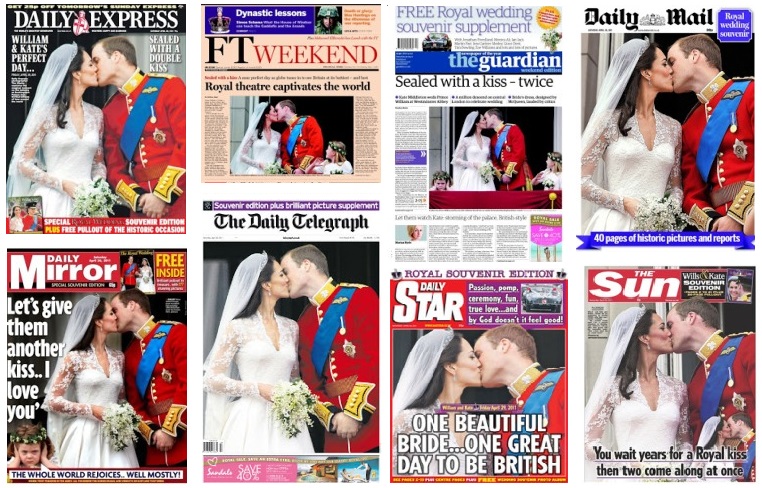
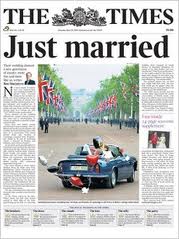




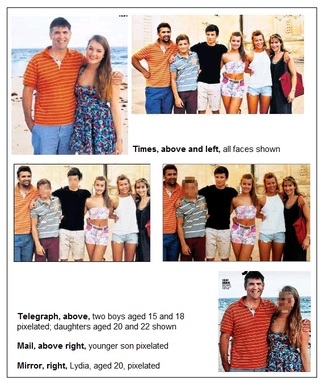
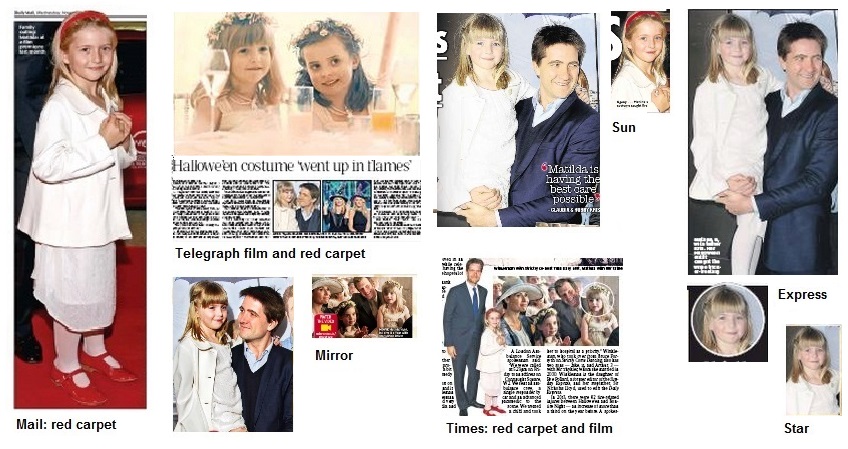
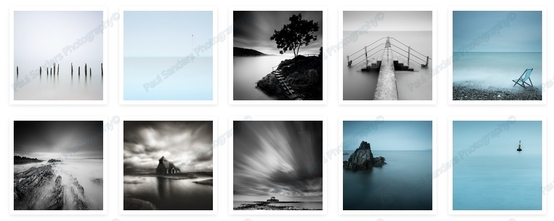
 RSS Feed
RSS Feed


